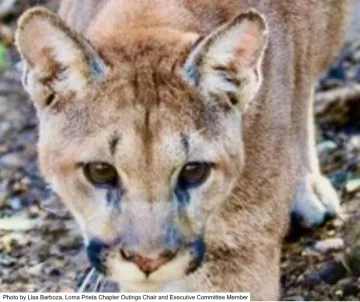
Portola Redwoods State Park is made up of about 2,800 acres of tranquil creeks and towering redwoods. Along with massive redwoods, the park also features scenic waterfalls at the Fall and Pescadero creeks. With nearly 18 miles of trails and over 55 camp sites, the park attracts all types of visitors for various recreational activities. The land was sold to become a state park in 1945, after having previously been used as the Masonic Lodge’s Islam Shrine summer retreat facility since 1924. The summer retreat’s recreation hall is now used by the State Park as the Visitor Center.
History
History of the Park Portola Redwoods State Park is named in honor of Spanish explorer Gaspar de Portolá, whose travels in 1769 brought him close to the site of Portola Redwoods but not directly to it. Instead, he travelled up the San Mateo coast to the San Francisco Bay. Despite Gaspar de Portolá not actually making it to what is now known as Portola Redwoods, in the 1860s Danish immigrant Christian Iverson settled the land and sold the wood from the redwoods before ultimately selling the property to a lumberman in 1889. In 1924 the land was sold to the Masonic Lodge’s Islam Shrine to be used as a summer retreat until 1945 when it was sold to the State as a state park. (History information courtesy of ThatsMyPark.org.)
Wildlife in the Park

Portola Redwoods State Park is home to many different types of species. The most obvious tree species in the park, Redwoods, is also accompanied by many other types of vegetation including huckleberries, live oak, and big leaf maple.
Plants and trees in the park including redwoods, huckleberries, ferns, elk clover, horsetail plants, leopard lilies, live oak, manzanita, chamise, tan oak, mandrone, California bay, big leaf maple, as well as Douglas-fir. Another notable attraction to the park are the vibrantly colored orange and yellow leopard lilies. They can be found blooming from May to July and draw hummingbirds and butterflies for pollination.
Some of the wildlife that can be found at Portola Redwoods State Park include banana slugs, steelhead trout, and mountain lions. Notably, the redwoods of Portola Redwoods serve as an important nesting location for the endangered seabird, the marbled murrelet.
Value as Carbon Sequestration
Redwoods are significant for their ability to sequester great amounts of carbon. Recent studies show that older larger trees, particularly coast redwoods, sequester more carbon than any other tree. Parks like Portola Redwoods State Park are incredibly valuable as they serve as protected carbon sinks where carbon is taken in and stored, rather than fearing risks of deforestation which leads to greater carbon emissions.
Threats
The park faces several threats due to the effects of climate change. It is suspected that Sudden Oak Death, a fungus discovered in 1995 that rapidly kills trees, is present at Portola Redwoods State Park and is endangering key tree species such as coast live oak, Douglas-fir, and coast redwood which make the park unique. When these trees die they then become even more dangerous as they are perfect kindling for forest fires, making fires far more severe. Along with Sudden Oak Death, the park also faces concerns about rising temperatures and reduction in summer fog and winter rain. Redwoods and their neighboring species thrive on abundant moisture and with this lacking due to the effects of climate change experts fear the ecosystem may begin to suffer.
Support the Loma Prieta Chapter activism educating the public and elected officials about the importance of protecting Portola Redwoods State Park. Become a member, donate to our conservation programs, and help one of our conservation teams described on our website.